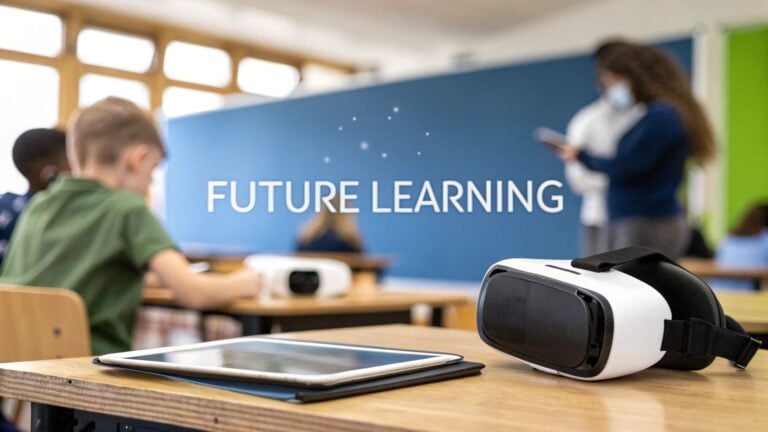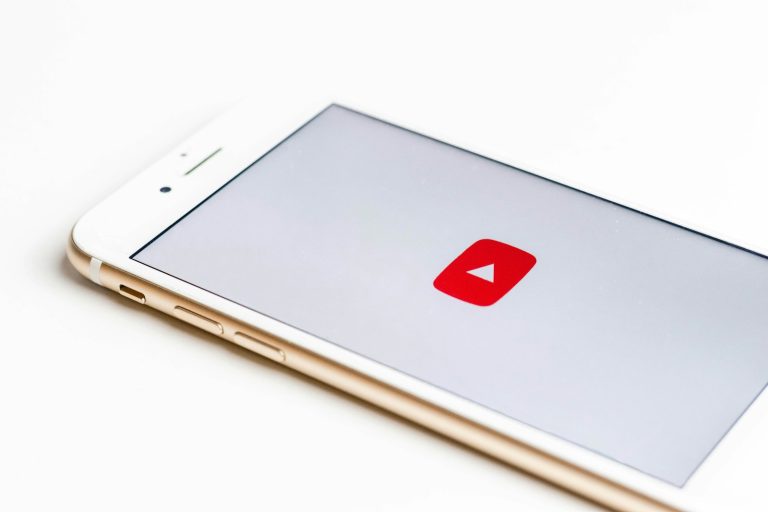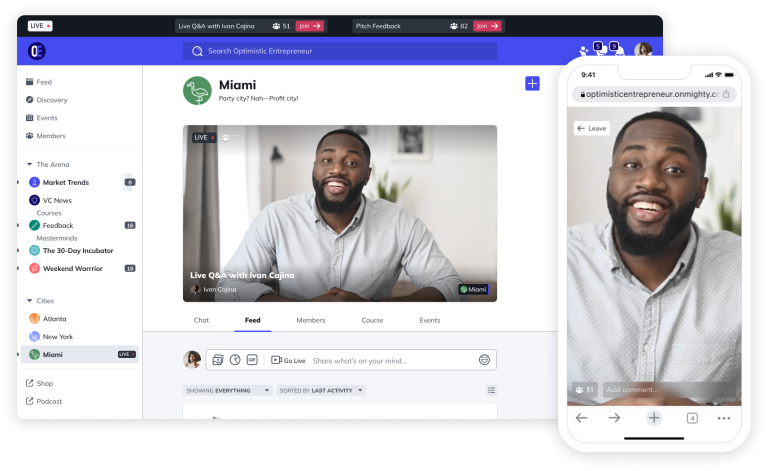The True Benefit of Technology in Education
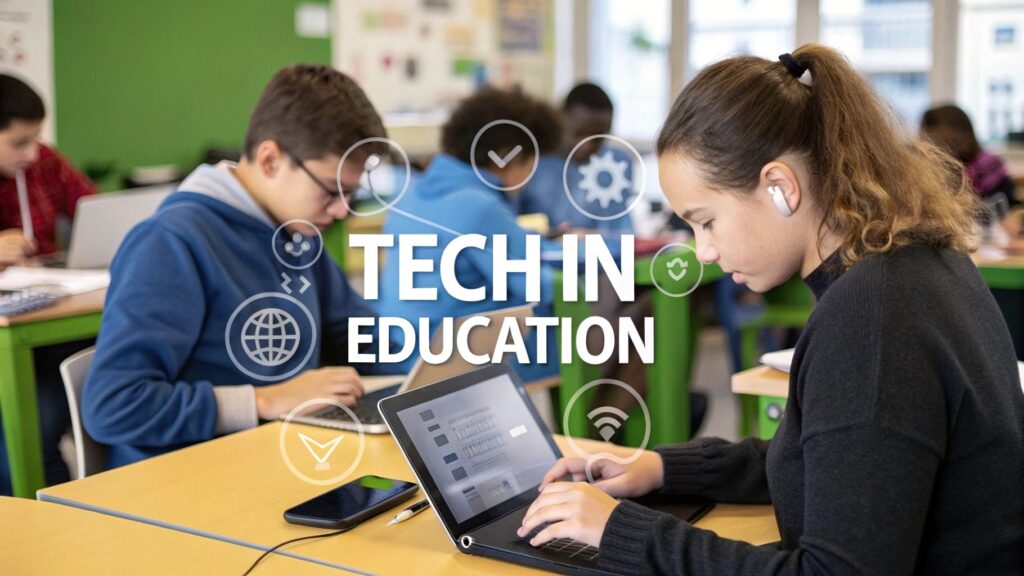
When I talk about the benefits of technology in education, what does that really mean? It’s so much more than just putting computers in a classroom. I see it as a powerful tool to unlock new possibilities for every student, making their learning more personal, exciting, and connected to the world they actually live in.
How Technology Is Really Changing the Classroom
Let’s get right to the point. Digital tools are fundamentally changing how we approach teaching and learning. Think of it as upgrading from a standard lecture to a dynamic, hands-on workshop where every student can find their groove and succeed. This shift sets the stage for all the specific benefits we’ll explore together.
Technology is creating classrooms that are more interactive and supportive. It’s helping teachers build custom lesson plans for each student, opening up a world of information, and building the practical skills they’ll need for their future careers.
This data chart shows the powerful connection between technology use in schools and positive student outcomes.
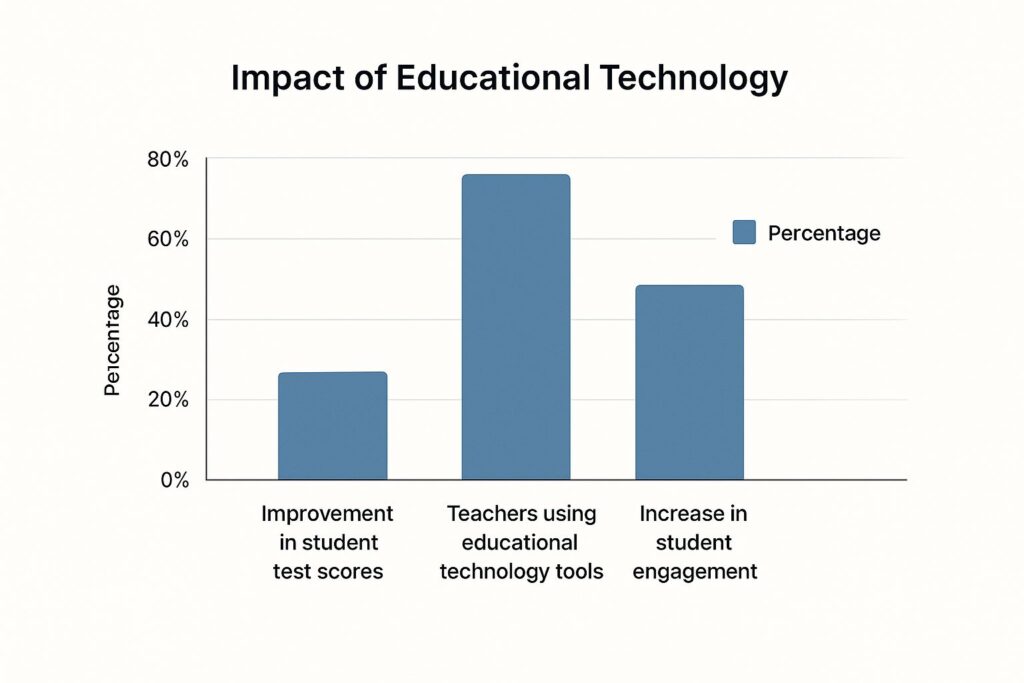
As you can see, higher tech adoption correlates directly with improved engagement and better academic results. The numbers back it up.
Key Benefits of Classroom Technology at a Glance
To make this crystal clear, I’ve put together a quick summary of the core advantages. This table breaks down how specific tech benefits directly impact students day-to-day.
| Benefit Area | Impact on Students |
|---|---|
| Personalized Learning | Students can learn at their own pace, getting extra help or advanced challenges right when they need them. |
| Increased Engagement | Interactive content like games, videos, and simulations makes learning more fun and memorable. |
| Better Collaboration | Digital tools help students work together on projects, building crucial teamwork and communication skills. |
| Access to Information | The internet provides a nearly limitless library of resources, far beyond what traditional textbooks offer. |
| Future-Ready Skills | Students develop digital literacy and problem-solving abilities that are essential for modern careers. |
A New Standard for Learning
The move toward digital tools in schools is rapidly becoming the new standard. Recent data shows just how widespread this adoption has become.
According to a 2023 survey, 65% of teachers reported using digital learning tools daily, and a massive 87% use them at least a few times a week.
Even more telling, 63% of educators believe educational technology actually speeds up the learning process. It’s clear the digital classroom is here to stay. You can discover more about how digital tools are shaping education.
The goal is to create a more effective and inclusive learning environment for everyone.
Technology in the classroom is becoming crucial for supporting equity in learning. Tech tools allow for a more personalized learning experience, which means all students, including those with diverse and special needs, can receive access to the education they deserve.
More Than Just Devices
The real magic happens when we look at how technology is being used. It is about creating opportunities that just weren’t possible before.
Some of the biggest shifts I’ve seen include:
- Personalized Learning Paths: Students can now work at their own pace. Smart software can identify where a student is struggling and offer extra help, or it can provide more challenging material for those who are ready to move ahead. It meets them where they are.
- Deeper Collaboration: Digital tools make it ridiculously easy for students to work together on projects. They can share ideas, edit documents in real-time from anywhere, and learn the kind of teamwork skills that are invaluable in the real world.
- Increased Engagement: Let’s be honest, interactive games, simulations, and multimedia content make learning more fun and memorable. When students are genuinely engaged, they’re far more likely to retain information.
Creating a Personal Learning Path for Every Student
One of the toughest jobs in teaching is trying to meet every student right where they are. In any given classroom, you’ll have a few kids who fly through the material, a few who need a bit more support, and a whole group somewhere in the middle.
This is where technology in the classroom really starts to shine, helping teachers build unique educational journeys for each student.
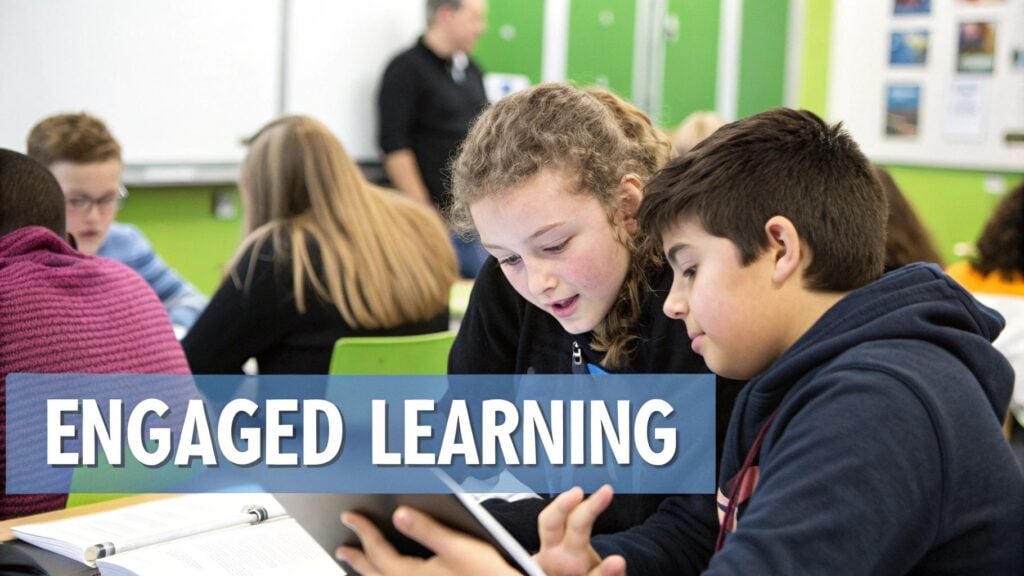
I’ve seen firsthand how adaptive learning software and AI-powered tools are making these custom experiences a reality.
These platforms are smart. They can pinpoint a student’s strengths and weak spots in real time, then adjust the difficulty and type of material to match.
Imagine a reading app that gives one student an article perfectly suited to their current level while serving up a more challenging text to another to help them grow. It meets students where they are, which empowers teachers to provide the kind of one-on-one support that used to be nearly impossible in a class of 30.
How Adaptive Technology Works
So, how does this actually work? It’s not as complex as it might sound. These tools use a constant feedback loop to guide a student’s learning journey, almost like a personal tutor.
Here’s a simple breakdown of the process:
- Initial Assessment: The software kicks things off with a quick diagnostic to figure out what the student already knows and where the gaps are.
- Personalized Content Delivery: Based on those results, it serves up lessons, activities, or problems tailored to that student’s specific level. The content is challenging but not overwhelming.
- Real-Time Adjustments: As the student works, the platform tracks their performance and makes adjustments accordingly (harder or easier).
This cycle ensures no student gets left behind or held back. Everyone moves at the pace that’s right for them, which is a massive win for building both confidence and subject mastery.
A key advantage is how these tools free up the teacher. Instead of delivering one lesson to the whole class, educators can focus their time on small groups or one-on-one sessions with students who need it most.
Making Learning More Engaging
Beyond just adjusting difficulty levels, technology can make learning genuinely fun. Many of these adaptive platforms use game-like elements like points, badges, and leaderboards to keep students motivated and pushing forward.
This approach, often called gamification, can turn learning from a chore into an interactive and enjoyable experience.
When students are actively engaged, their retention and understanding skyrocket. You can dive deeper into how gamification boosts eLearning in our detailed guide on the topic. It’s a powerful way to keep students invested in their own progress.
2. Expanding the Classroom Beyond Four Walls
I remember when my entire world of learning was pretty much limited to the textbooks in my backpack and whatever our school library had on the shelves. Technology has completely blown that concept apart.
Today, one of the biggest benefits of edtech is its power to connect students to a universe of knowledge and experiences that exist far beyond the school building.

This shift is turning learning into a global adventure rather than a static classroom activity. Students can now experience things instead of just memorizing facts from a book.
Virtual Adventures and Global Connections
One of the most exciting ways this happens is through virtual field trips. Without ever leaving their desks, students can explore the vibrant ecosystems of the Great Barrier Reef or float through the International Space Station.
These immersive experiences make subjects like science and geography come alive in a way a worksheet never could.
But it goes beyond just seeing new places. Technology also breaks down geographical barriers for collaboration. I’ve seen projects where students in the U.S. work with peers in Japan to solve a shared environmental problem.
They learn about different cultures, build real-world communication skills, and discover that good ideas can come from anywhere.
This global access helps students connect with each other and also connects them directly with experts. A student in a small, rural town can now join a live Q&A session with a world-renowned scientist or a celebrated author, an opportunity that was once unimaginable.
A World of Knowledge at Their Fingertips
The explosion of free, high-quality online resources has been a total game-changer. Anyone with a curious mind and an internet connection now has access to incredible learning opportunities that were once reserved for a select few.
Some of the most popular examples include:
- Khan Academy: Offers free, world-class lessons on almost any subject you can think of, from algebra to art history.
- Educational YouTube Channels: Creators make complex topics in science, history, and philosophy genuinely entertaining and easy to understand.
- Digital Libraries and Museums: Institutions around the world have digitized their collections, allowing students to browse priceless artifacts and historical documents right from home.
The growing accessibility of the internet is the engine driving this entire shift. UNESCO’s 2023 report noted that between 2005 and 2022, global internet use jumped from a mere 16% to 66%.
This massive growth helped about 50% of lower secondary schools worldwide get online, with the COVID-19 pandemic pushing remote learning even further into the mainstream. You can read more about these global education trends on their site.
This widespread connectivity is what makes all these new learning models possible. For educators looking to create these connected experiences, there are tons of accessible tools available. You can check out our guide on free virtual classroom platforms for educators to see just how easy it is to get started.
Building the Skills Needed for Tomorrow’s World
A great education is about preparing students for a future that looks wildly different from the world we grew up in.
The skills needed to thrive today are a world away from what they were a generation ago, and this is where technology in the classroom really starts to shine. It’s the perfect training ground for those essential 21st-century abilities.
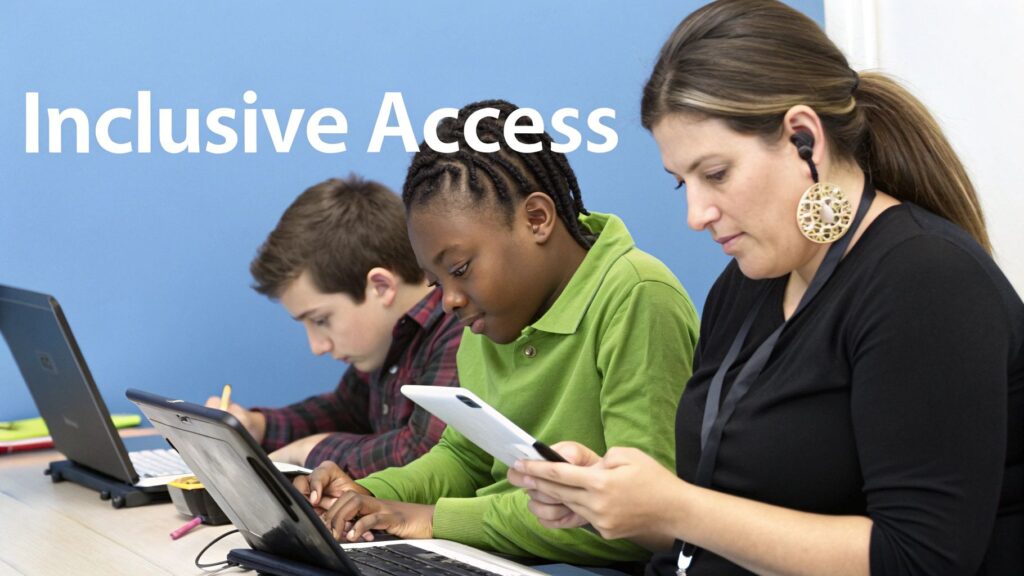
This goes way beyond simply knowing how to use a computer. We’re talking about developing true digital literacy, which is the ability to find, critically evaluate, and then effectively use information you find online.
In a world absolutely overflowing with information, knowing how to separate the signal from the noise is a critical life skill.
Fostering Collaboration and Teamwork
One of the biggest shifts I’ve seen is how technology naturally encourages students to work together. Tools like Google Docs or online whiteboards teach students how to build on each other’s ideas and manage a project as a team, even when they aren’t sitting side-by-side.
This is helpful for more than just typing up group reports. Students can build digital research collections together, co-create art in the same program, and produce projects that are truly collaborative from the first brainstorm to the final product. That experience directly mirrors how so many modern workplaces actually operate.
When students learn to collaborate digitally, they are building foundational skills for their future careers. They’re learning to communicate clearly, manage shared responsibilities, and work toward a common goal, all of which are highly sought after by employers.
Encouraging Creative Problem Solving
Technology also throws open the doors to incredible new ways of thinking creatively and solving problems. It gives students a toolkit to bring their ideas to life in ways that simply weren’t possible with just paper and pencils.
Think about it for a second. A student can:
Learn to code: Building a simple game or website teaches logical thinking, persistence, and how to break a huge challenge into small, manageable steps.
Analyze data: Using a spreadsheet to track a science experiment helps them spot patterns and draw evidence-based conclusions, turning abstract numbers into real insights.
Create digital art: Editing software allows them to experiment with photos and videos in endlessly creative ways, learning about composition, storytelling, and visual communication.
These activities do more than just teach a specific piece of software. They nurture a mindset of critical thinking, experimentation, and finding clever solutions to tough challenges.
This adaptive approach is exactly what will help them succeed, no matter what the future throws at them. These are life skills, plain and simple.
A Realistic Look at Implementing EdTech

It would be amazing if we could just give every student a laptop and see an instant jump in test scores. We’ve all seen the pictures of shiny new computer labs. But the reality on the ground is a little more complicated.
The real impact of technology in the classroom depends entirely on how it’s used. Just having the devices is only the first, small step. Without quality software, proper teacher training, and a supportive school culture, even the best tech can fall flat. Worse, it can just become an expensive distraction.
My goal here is to give you a balanced view. Technology is an incredible tool, but understanding its limitations is what helps us use it effectively to actually support every student.
The Context of Success
Here’s something that often gets overlooked. The same piece of technology can produce wildly different results depending on the school it’s in. Research is making it crystal clear that the overall quality of the education system itself plays a huge role in whether tech helps or hurts.
A fascinating 2020 McKinsey study found that the benefit of technology is strongly tied to how good the education system already is. In fact, in poorer-performing systems, adding devices often showed no benefits or even had negative effects. It’s a sobering thought.
But in the U.S., which has a generally stronger system, using devices for over an hour a day was linked to an improvement equal to about half a year of learning. You can read the full McKinsey research on technology’s impact.
This chart from the study really drives the point home, showing how device usage impacts learning differently across various education systems.
The key takeaway here is that technology acts as an amplifier. It makes a good system even better, but it can’t fix a broken one on its own.
Simply put, technology is not a silver bullet. It’s a powerful tool that works best when it’s part of a bigger strategy that includes well-trained teachers and a clear vision for student learning.
This is exactly why just buying hardware isn’t enough. Schools need a solid plan for weaving these tools into the curriculum in a meaningful way. You can explore more about the specific benefits of eLearning when implemented correctly in our other guide.
Ultimately, successful EdTech implementation is about people and strategy, not just the devices themselves.
Common Questions About Technology in Education
My goal here is to help you get a better handle on the real-world impact of EdTech, beyond the buzzwords. Here are some of the more common questions that come up related to this topic.
Does Technology Just Distract Students?
That’s a very valid concern, and honestly, the answer is that it depends entirely on how it’s used. If you just hand out devices without a clear plan, they can absolutely become a distraction. We’ve all seen it happen.
But when a teacher intentionally weaves technology into a lesson with specific goals, it can be a powerful tool for engagement. Think about it. Using interactive quizzes, educational simulations, or collaborative research projects keeps students focused on the task at hand.
The key is for educators to set clear guidelines and use tech for active learning, not just passive consumption.
Is Education Technology Too Expensive for Schools?
The initial cost can certainly seem like a hurdle, but it’s important to look at the long-term value and the bigger picture.
Many schools find affordable options, like Chromebooks, and there’s a huge amount of excellent, free educational software available now. The open-source community, in particular, has created some amazing tools.
Over time, using digital resources can even lower spending on physical textbooks and printed supplies.
Plus, many grants and programs exist specifically to help schools adopt new technologies. It’s all about smart planning and finding the right tools that fit a school’s budget and, more importantly, its learning goals.
The most powerful benefit of technology in education is often seen in how it supports teachers. When we give educators tools that save them time and provide better insights, the students are the ultimate winners.
How Does Technology Help Teachers?
This is a fantastic question because EdTech isn’t just for students. It’s a huge help for teachers, too. For starters, automated grading for quizzes and homework can free up hours of a teacher’s time each and every week.
This reclaimed time can then be poured back into more important things, like planning creative lessons or giving one-on-one help to students who need it most.
Digital tools also make it much easier to track student progress in real-time. This means a teacher can spot anyone who might be falling behind much earlier and step in before a small struggle becomes a major roadblock.

